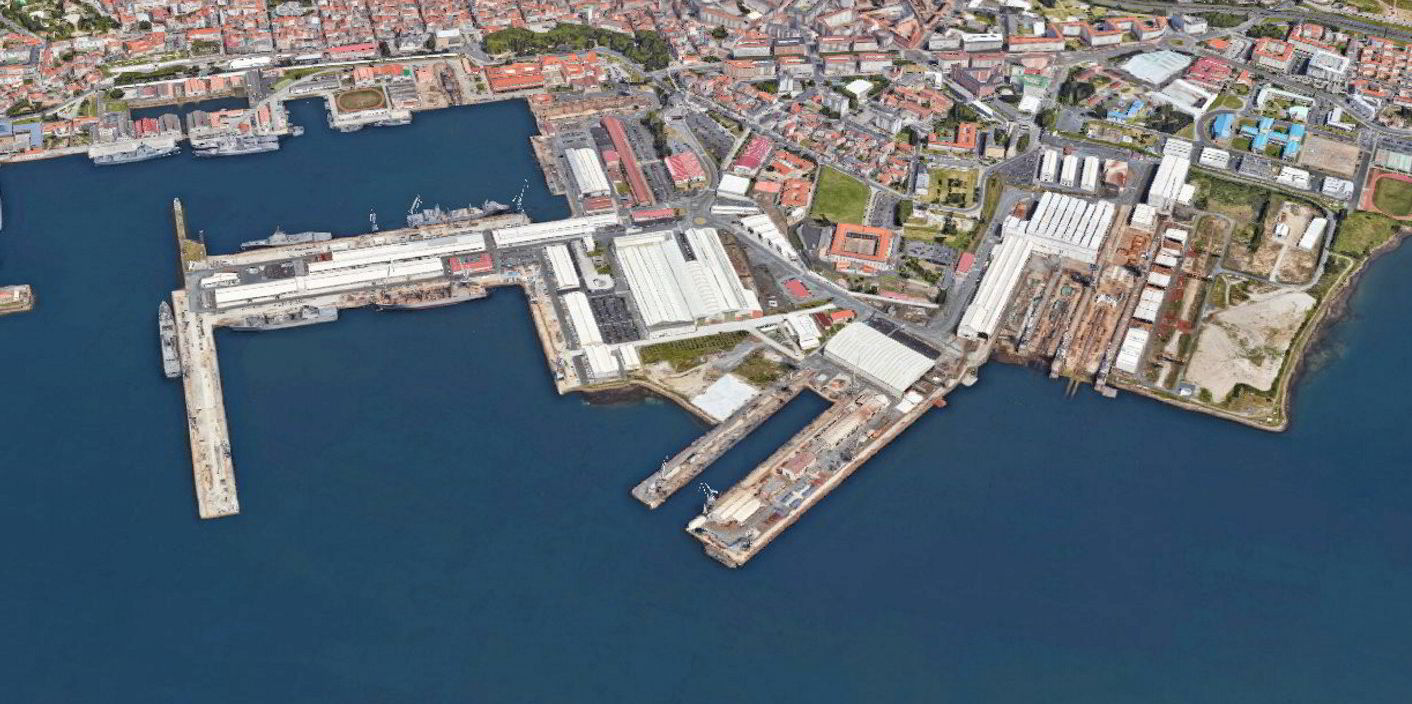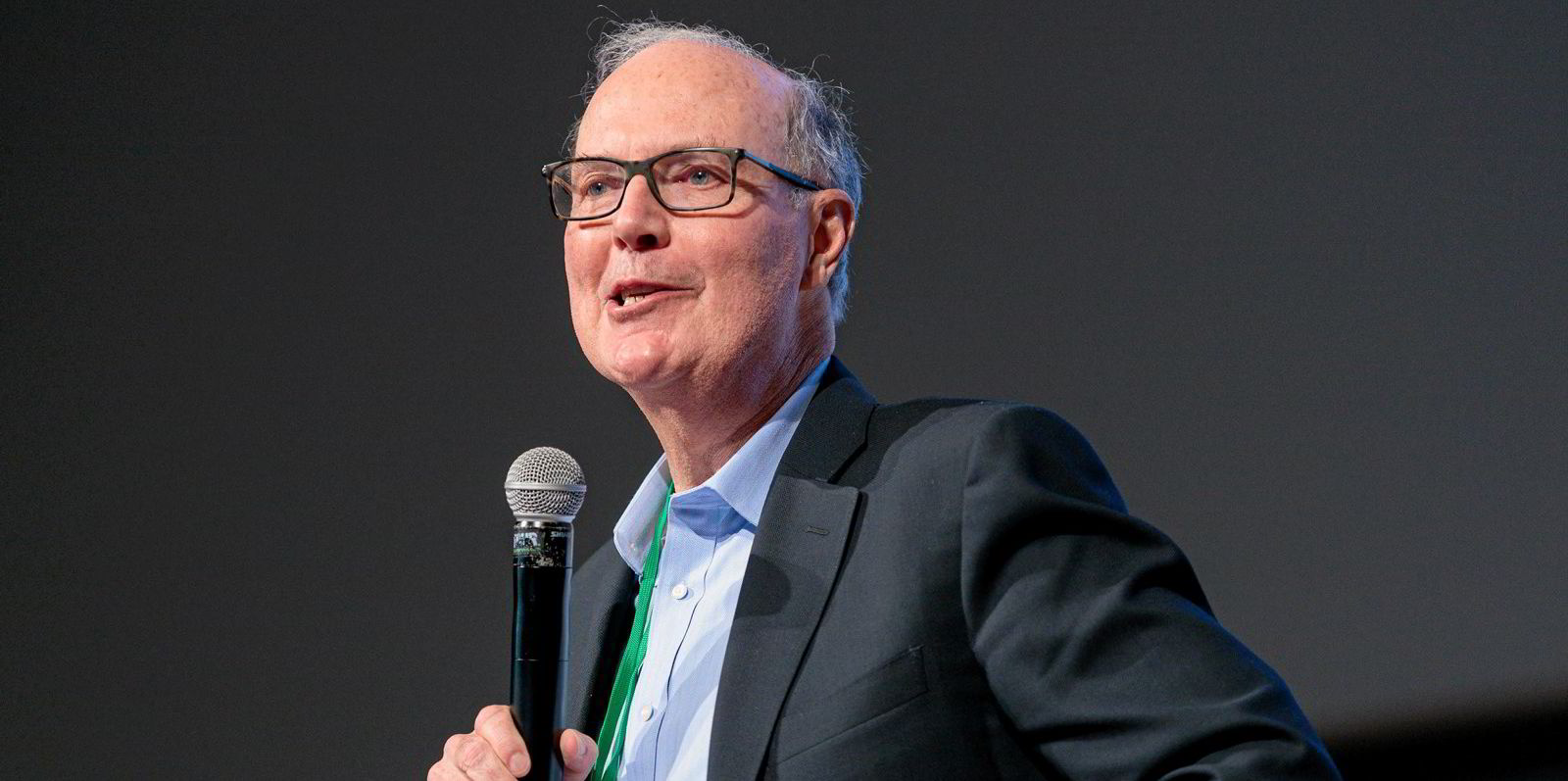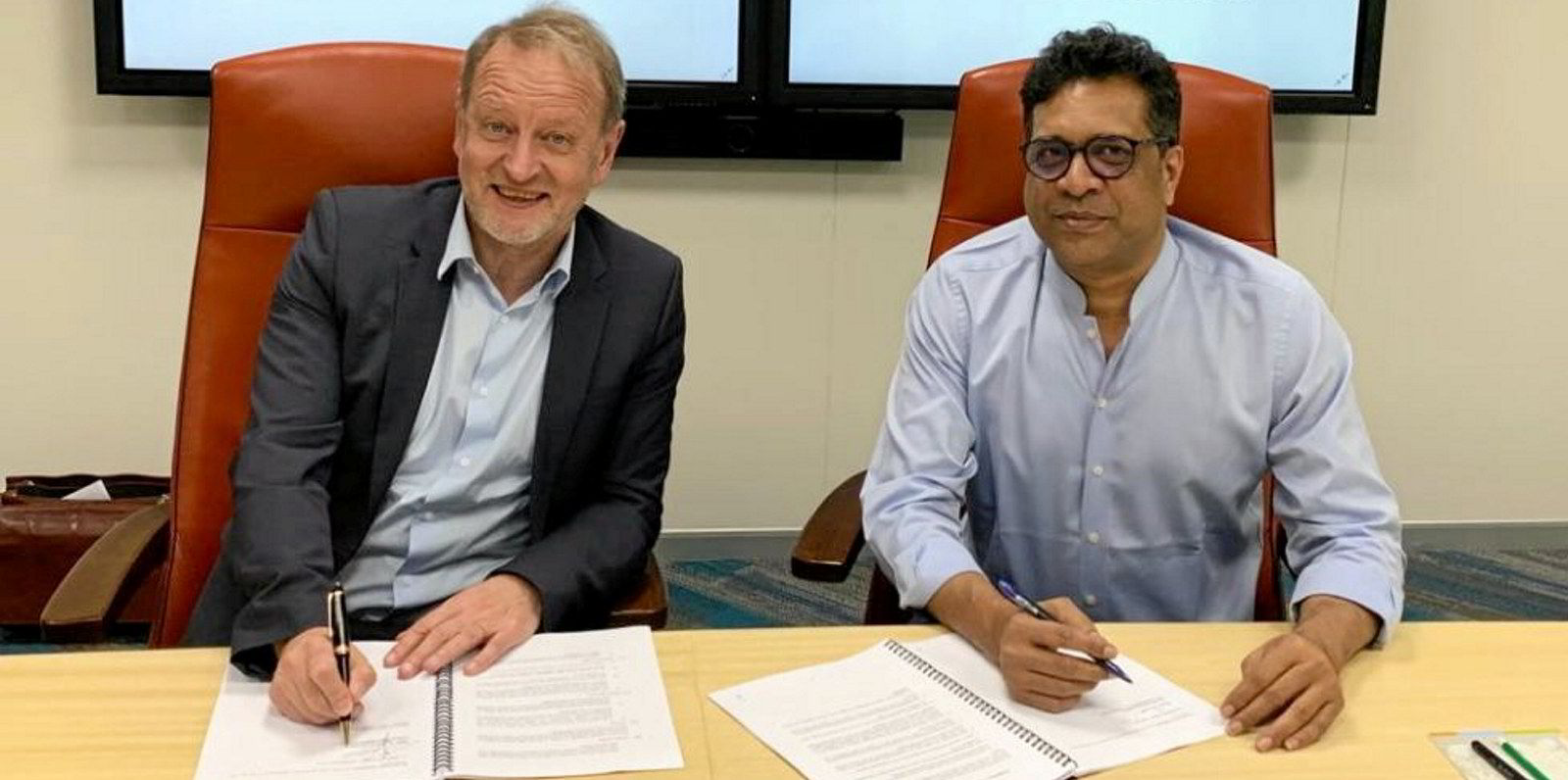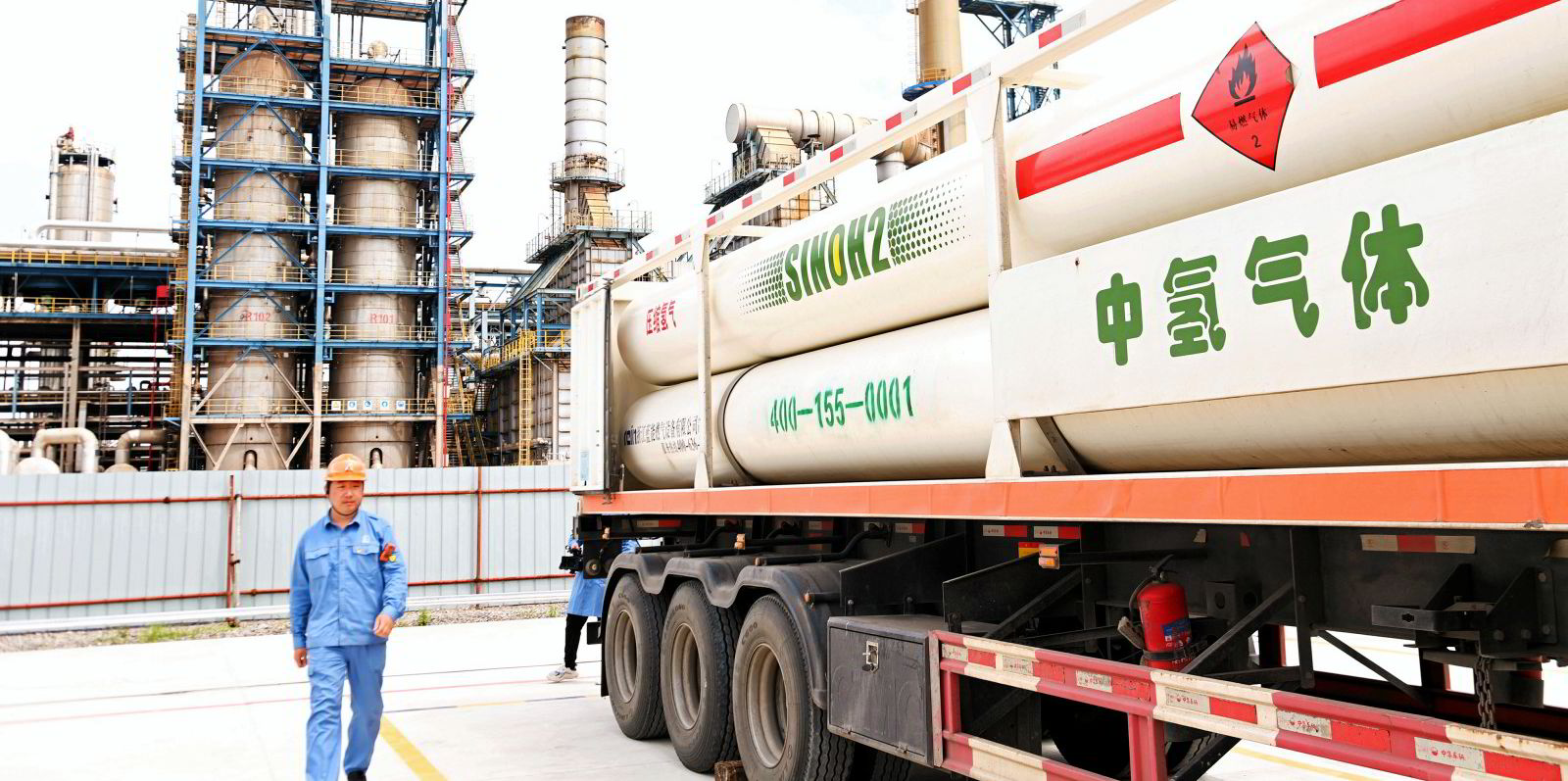Spanish shipbuilder Navantia is planning to begin production at a new 500MW electrolyser assembly line in northwest Spain by the “end of 2022 or beginning of 2023”, Recharge has learned.
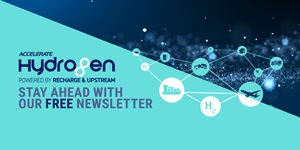
“The capacity for assembly of electrolysers in the short term is about 500MW/year and could be rapidly increased,” a Navantia spokeswoman tells Recharge.
The new facility — being built at its turbine factory in the northwestern Spanish city of Ferrol — will use stacks supplied by a third-party “electrolyser technologist” in the first phase, at least, she explains.
“We will establish collaboration with [this] world-renowned technologist, there are advanced conversations and the collaboration agreement is expected to be closed before [the] end of 2022. The type [of] model of collaboration — license agreement, joint venture or other alternative — will be defined by then.”
A trend seems to be emerging for electrolyser makers to form joint ventures or partnerships with third-party companies in order to build large new factories.
For instance, US company Plug Power is building a 2GW electrolyser factory in Queensland, Australia, in a 50-50 joint venture with green hydrogen pure-play company Fortescue Future Industries, which is owned by that country’s richest man, Andrew “Twiggy” Forrest.
US-based Cummins has formed a joint venture with Chinese state-owned oil giant Sinopec to buid a 1GW PEM electrolyser factory in southern China.
And Belgium's John Cockerill is constructing a 2GW electrolyser plant in India in conjunction with local renewables developer Greenko.
As Plug Power CEO Andy Marsh recently told Recharge: “I think [a joint-venture approach] spreads risk, spreads reward, but it also opens up opportunities that I don’t think Plug would be able to capture on its own.”
The Navantia spokeswoman added that the company’s ambition was to produce both alkaline and PEM electrolysers.
“We will start production of electrolysers already tested and in commercial production by the technologist,” she said. “The ambition in the future is to participate in new developments and acquire the capacity to manufacture the whole electrolysers, including the stacks.”
Navantia’s intention to build an electrolyser production line was revealed with zero details last month, as part of a press release announcing an agreement between the shipbuilder and Spanish oil company Repsol to jointly explore “renewable hydrogen generation opportunities”.
“The ambition of Navantia [is] to become a relevant actor in the manufacturing of electrolysers... [in] answer to the demand of: a) the Spanish governments [sic] to develop the industry and local employment in the value chain of hydrogen production; and b) the main promoters, like Repsol, of hydrogen production plants, to ensure the... supply [of] electrolysers for their projects,” the spokeswoman explained.
Navantia also builds offshore wind turbine foundations and earlier this year it set up a new brand called Navantia Seanergies to push its non-shipbuilding activities.
According to shipbroker Clarksons, Navantia has not built a ship since 2019 and does not have any on order.
